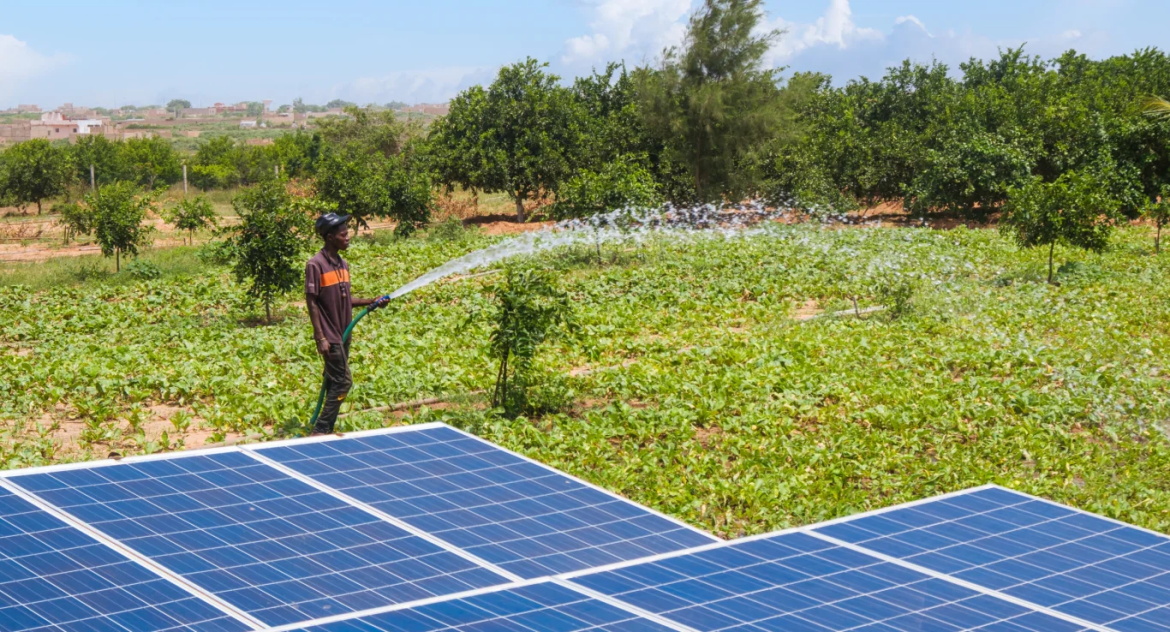KEY POINTS
- Solar water pumps boost productivity and cut irrigation costs.
- Higher yields create new market opportunities and drive rural growth.
- Innovative financing models expand access to solar technology.
Across Africa, smallholder farmers face the dual challenges of water scarcity and unreliable energy access.
Solar water pumps are emerging as a revolutionary solution, helping farmers irrigate their crops more efficiently while boosting their income and productivity.
The economic benefits of these pumps are profound, transforming the agricultural landscape and uplifting rural livelihoods.
Increased productivity and reduced costs
Solar water pumps provide a cost-effective and sustainable way for farmers to access water.
Traditional irrigation methods often rely on diesel pumps, which are expensive to maintain and subject to fuel price volatility.
By harnessing solar energy, farmers eliminate these recurring costs, freeing up resources to invest in seeds, fertilizers, and other essentials.
With reliable access to water, farmers can grow crops year-round, increasing yields and diversifying what they plant.
For instance, in regions like East Africa, farmers who adopted solar irrigation have reported yield increases of up to 300 percent.
This not only boosts household incomes but also strengthens food security in local communities.
Expanding markets and rural development
The economic impact of solar water pumps extends beyond individual farmers.
Higher yields and diversified crops enable farmers to tap into larger markets, supplying produce to urban areas and even for export.
This growth stimulates rural economies, creating jobs in farming, transportation, and food processing.
Moreover, solar water pumps reduce dependence on unreliable electricity grids, giving farmers more control over their operations.
As rural incomes grow, local communities experience improvements in education, healthcare, and infrastructure, driven by increased economic activity.
Overcoming barriers to widespread adoption
Despite their potential, the adoption of solar water pumps faces hurdles like high upfront costs and limited access to financing.
Governments, NGOs, and private enterprises are stepping in with initiatives to make these pumps more affordable.
Subsidies, microloans, and pay-as-you-go models are making solar technology accessible to even the most resource-constrained farmers.
Additionally, training programs are equipping farmers with the skills needed to operate and maintain these systems.
Partnerships between local governments and international organizations are accelerating efforts, ensuring that solar water pumps reach the farmers who need them most.



